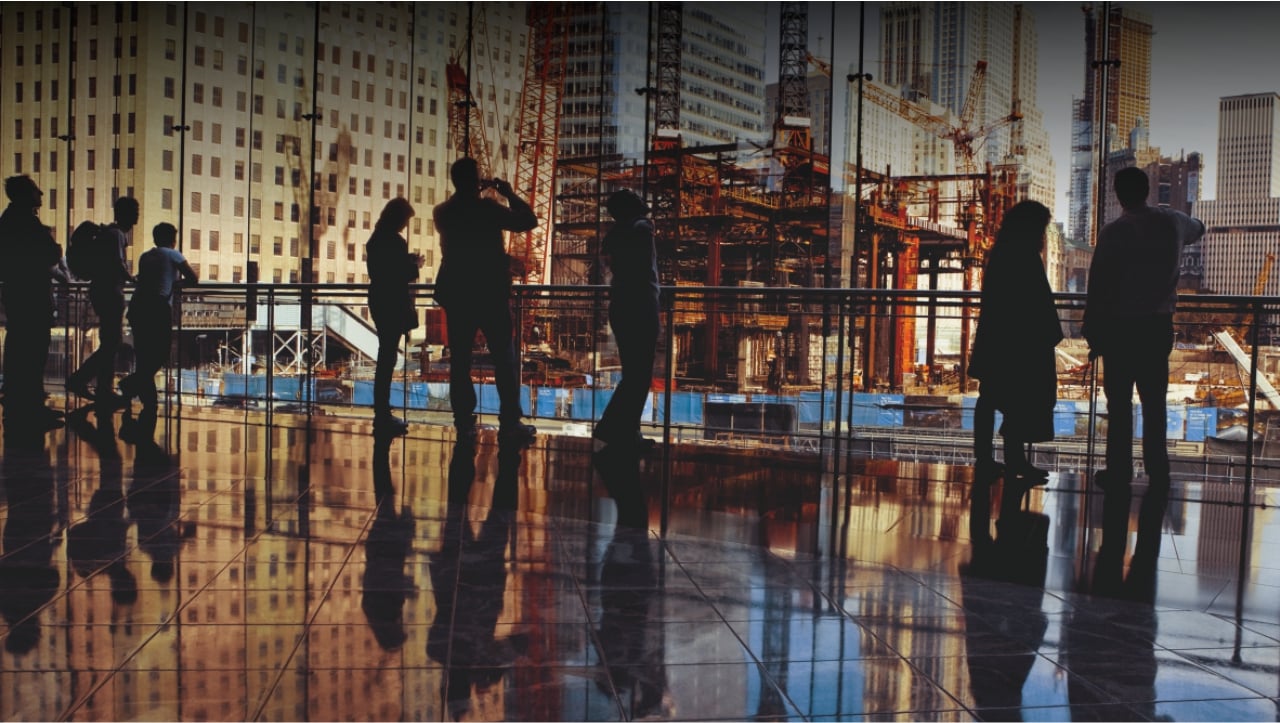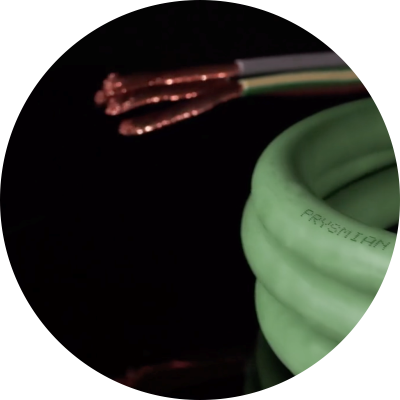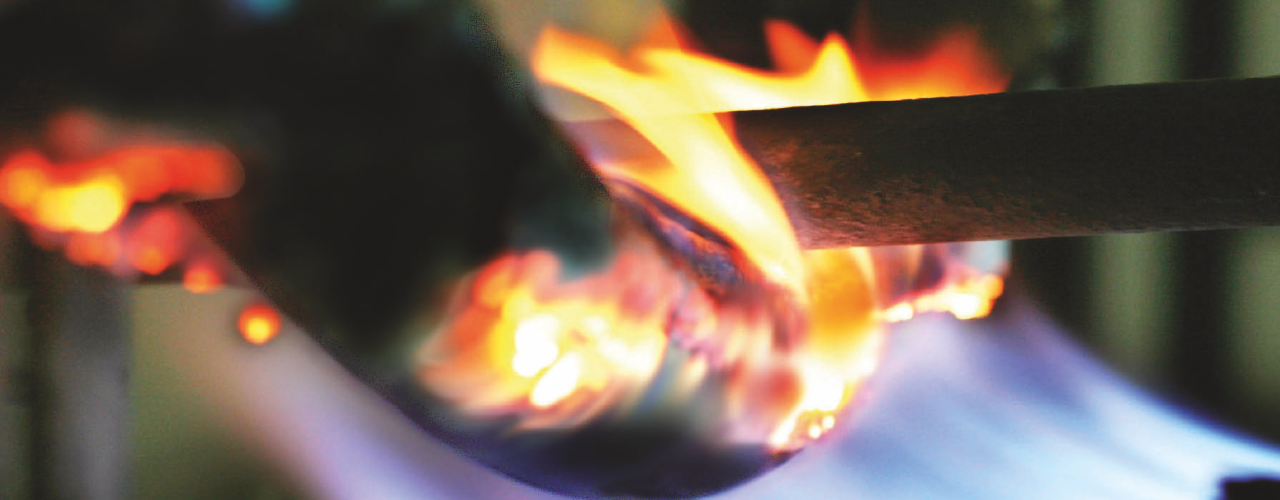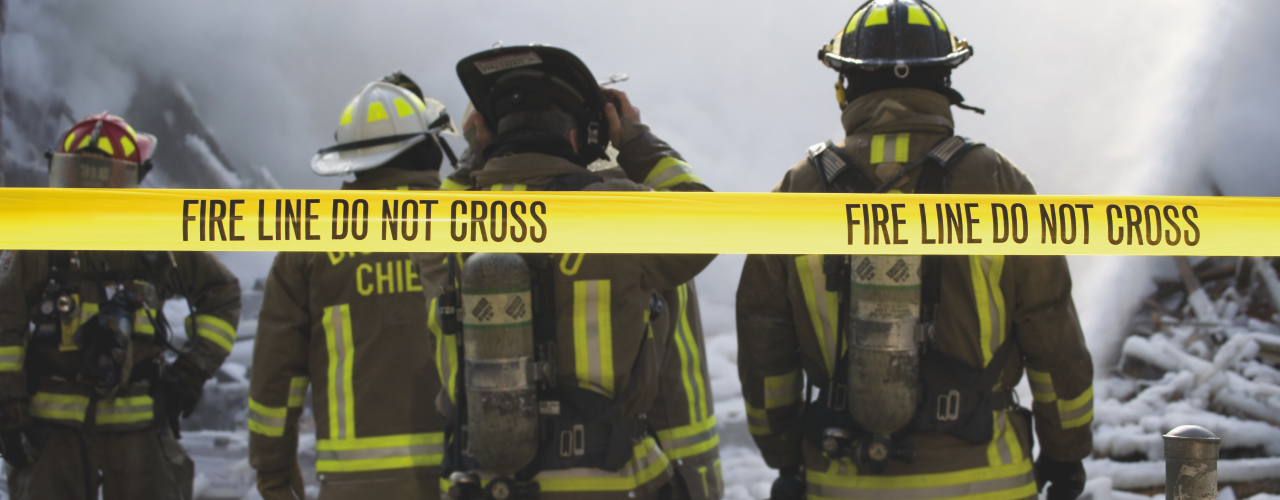Comfortable and safe buildings are based on cables
Prysmian’s commitment in the definition and the introduction of the new Construction Products Regulation is not just a support to state-of-the-art productions. It is a matter of savings and safety

Prysmian’s commitment in the definition and the introduction of the new Construction Products Regulation is not just a support to state-of-the-art productions. It is a matter of savings and safety
In the European Union, there have been very few discussions about the importance of the new Construction Products Regulation, which entered in full force last July. On the one hand, this little resonance is understandable, given the highly specialized subject of the CPR, but on the other, it does surprise that very few observers and commentators underlined how this new regulation can improve the everyday life of European Citizens.
Hopefully, some data will help us to explain what we’re talking about.
As reported by Europacable, fire kills 4,000 people every year in Europe: the median fire death rate per 100.000 inhabitants was near 1 in each year since 2001 to 2013. Moreover, 90% of fire deaths were caused by fires in buildings, from where it is much more difficult to escape, even if only a third of fires originated in buildings. That is because 90% of our time is spent inside buildings, and because today fire can engulf a room in less time than 50 years ago. The Swedish SRSA in a report on Fire Prevention states that "in 1950 the average time from ignition of a fire to flashover was 15 minutes. Then, 25 years ago, that time was down to 5 minutes and now fatal conditions can occur after 3 minutes. This change has come about because of the increase of plastics in our homes, nothing else".
The most identified cause of death from a fire incident is being overcome by gas and smoke, accounting for 44% of all deaths.
The main cause of casualties in indoor fire are smoke and hazardous emissions, which significantly reduce the chance to escape and extend the damage to goods far behind the burned area.

Cables are not dangerous if adapted for the scope and correctly installed, though as a matter of fact they are present in large quantities inside every building. Keeping in mind the importance that the correct production and management of this amount of cables and wires has for people’s safety, Prysmian advocated to the Construction Products Regulation since its foundation in 2005: cables - like pipes and air conditioning conduits - are everywhere around us, and most of the time not visible once they are installed. They link spaces both horizontally and vertically without interruptions, and if they are not tested for fire resistance, they may become vectors of fire spreading.

The sheer volume of cables in modern buildings, due to the rapid technological evolution (electrical appliances, telephones, computer connections, etc.) is increasing accordingly.
Moreover, buildings should remain functional during fires, to help in the evacuation process. People’s safety is the priority: fire safety equipment like warning systems, smoke detector, smoke extractor, emergency exits, and fire lighting equipment are key and must remain continually functional. Cables are the backbone of all these devices.
It is also well proven that cables could contribute strongly to contain a fire and to reduce smoke, toxic gases and heat release. What used to be a risk condition can become a shield to protect people’s lives if produced accordingly to cogent rules.
Low Fire-Hazard cables ensure lower smoke opacity and gases emissions, prevent flame from spreading and reduce heat release.
That is why Prysmian's fire-resistant and AFUMEX (Low Fire Hazard) cables have been adopted for many major projects globally, including the Burj Khalifa tower in Dubai, the tallest man-made structure in the world, and the Shard, the highest skyscraper in the European Union.
Our social responsibility also extends to protection of the environment, as our AFUMEX cables release fewer emissions under fire conditions. Furthermore, when they reach the end of their lifespan, they can be disposed of using simpler, cheaper and cleaner treatments than standard cables.

We became leaders in this sector because our quest for safety begins with our employees: we go beyond what is required by local legislation with a comprehensive set of education and training programmes.
But this effort also extends to our products: together with Europacable, the organization that gathers all leading European wire and cable producers, Prysmian is at the forefront in the promotion of high standards in construction cable manufacturing, in order to drive the entire industry towards the production of state-of-the-art solutions.
Through this commitment, Prysmian, Europacable and the other members have actively contributed to make the CPR a success for manufacturers, distributors and customers as well.
We stand ready to support wholesalers, installers and customers during the delicate transition period to the new standard, by providing the required capabilities for fire testing, product positioning and materials development.
Follow us on Linkedin and Facebook to keep yourself up-to-date on CPR application, developments and violation reporting from a global company with safety at its core!

